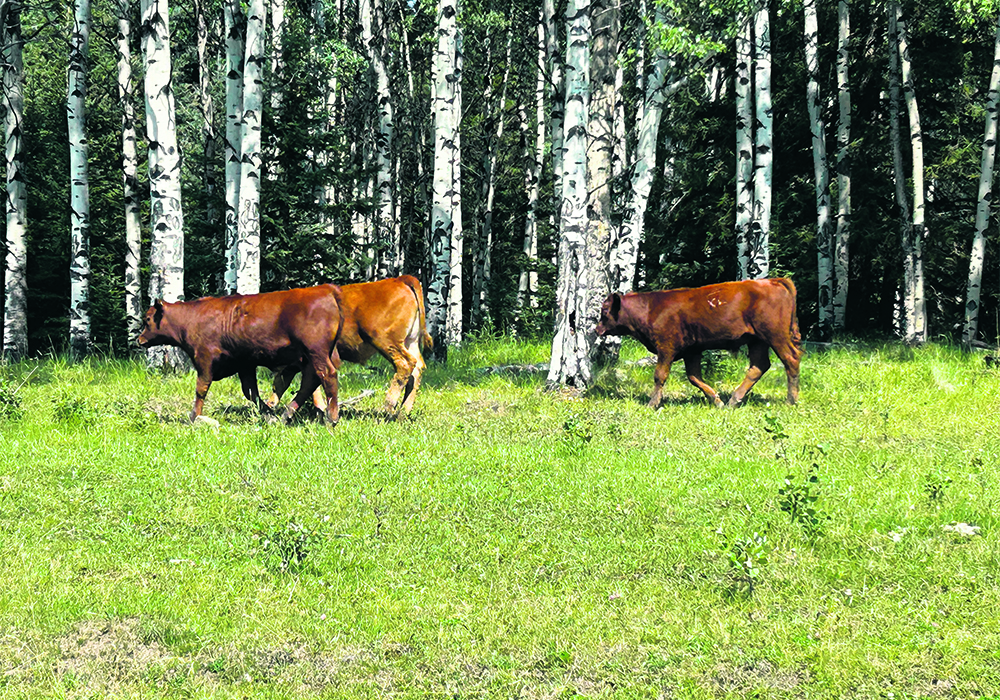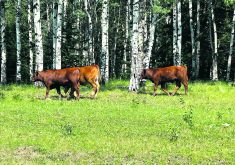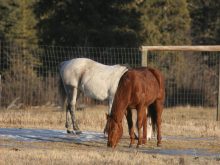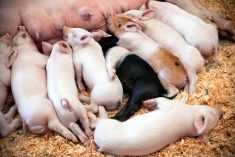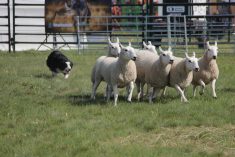Glacier FarmMedia – Virtual fencing is being studied in a pilot project on John and Deanne Chuiko’s CJ Ranching operation near St. Walburg, Sask.
“Up in St. Walburg, they’ve been having really good luck,” said Andre Bonneau, a range management extension specialist with Saskatchewan Agriculture.
Related story: Sask. hosts virtual fence pilot project
Read Also

Why selenium is still an important factor in horse health
Selenium is an essential equine trace mineral that supports antioxidant defense, muscle integrity, immune function, metabolism and thyroid activity.
The system developed by Vence comprises a base station and the virtual fencing collars. The base station, or a LoRaWAN transmitter, covers 5,000 to 10,000 acres, depending on the terrain. The collars that are worn by the cattle transmit to the station, which then transmits to the rancher’s phone.
Bonneau said this is preferable to something like a SIM card because of the cost. While base stations cost around $10,000 to $12,000, the collars would be more expensive if a SIM card was used. The collars are rented and the stations are bought, though they can be split between multiple people.
“If you have 250 cows, 250 SIM cards, that’s a lot to stay on top of,” Bonneau said.
“If all you have to do is send a signal to the LoRaWAN receiver, convert that to … whatever signal they use, and then send that to Ottawa or Washington or Regina, we’d cut that cost.”
The Chuikos have three base stations and around 200 collars that are used on their cattle.
Bonneau said the cattle are trained over the course of a week to respond to the collars’ signals, and then there are few issues after that. He said there have been some problems with collar retention because a few have broken. The solar storms of early June also affected them.
The cost of the base station may also be too expensive for many producers.
However, he said a technician is assigned to each operation, and he expects some of the bugs to be worked out over the course of the two-year trial.
Bonneau said this technology could become more common in Saskatchewan.
“Every time the price of canola goes up, we’re losing hay fields. It’s getting tighter and tighter,” Bonneau said.
“There’s some concern in the ministry that …if we get too many drought years, we’re going lose a lot of the capacity of maintaining cattle. With the system or any system like it, now we can start using pastures that we weren’t able to use efficiently before.”


